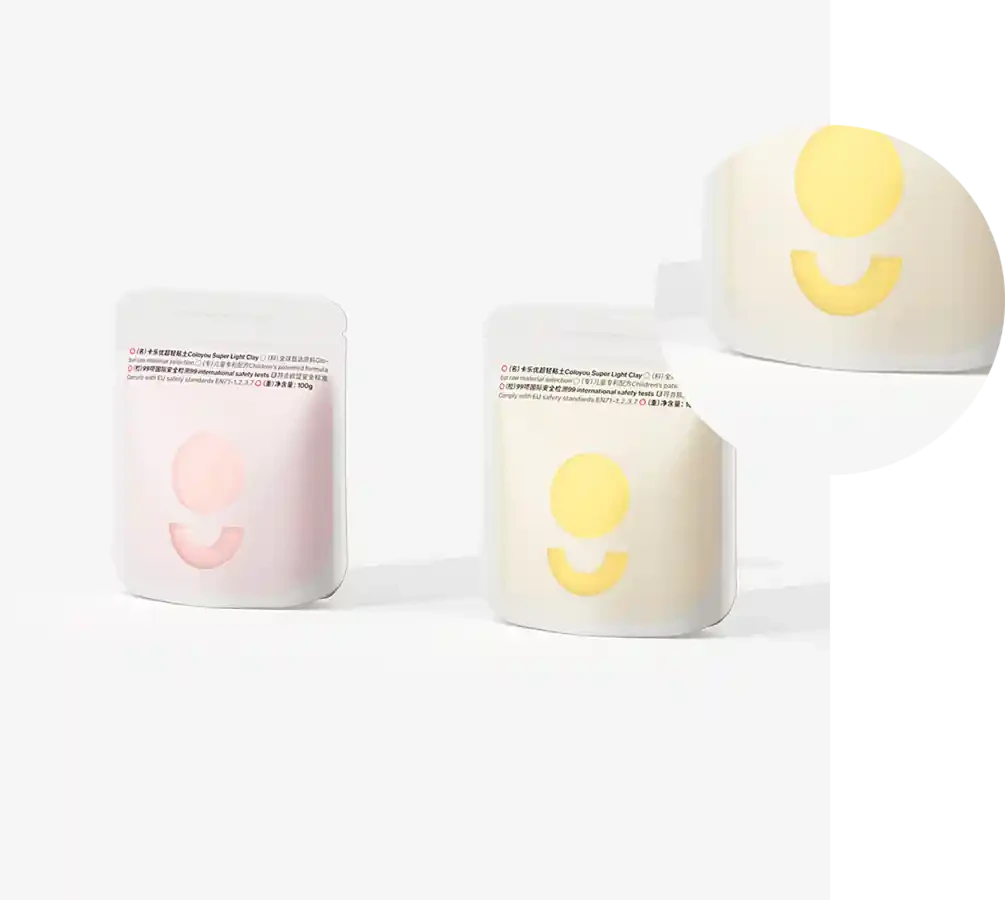- Afrikaans
- Albanian
- Amharic
- Arabic
- Armenian
- Azerbaijani
- Basque
- Belarusian
- Bengali
- Bosnian
- Bulgarian
- Catalan
- Cebuano
- chinese_simplified
- chinese_traditional
- Corsican
- Croatian
- Czech
- Danish
- Dutch
- English
- Esperanto
- Estonian
- Finnish
- French
- Frisian
- Galician
- Georgian
- German
- Greek
- Gujarati
- haitian_creole
- hausa
- hawaiian
- Hebrew
- Hindi
- Miao
- Hungarian
- Icelandic
- igbo
- Indonesian
- irish
- Italian
- Japanese
- Javanese
- Kannada
- kazakh
- Khmer
- Rwandese
- Korean
- Kurdish
- Kyrgyz
- Lao
- Latin
- Latvian
- Lithuanian
- Luxembourgish
- Macedonian
- Malgashi
- Malay
- Malayalam
- Maltese
- Maori
- Marathi
- Mongolian
- Myanmar
- Nepali
- Norwegian
- Norwegian
- Occitan
- Pashto
- Persian
- Polish
- Portuguese
- Punjabi
- Romanian
- Russian
- Samoan
- scottish-gaelic
- Serbian
- Sesotho
- Shona
- Sindhi
- Sinhala
- Slovak
- Slovenian
- Somali
- Spanish
- Sundanese
- Swahili
- Swedish
- Tagalog
- Tajik
- Tamil
- Tatar
- Telugu
- Thai
- Turkish
- Turkmen
- Ukrainian
- Urdu
- Uighur
- Uzbek
- Vietnamese
- Welsh
- Bantu
- Yiddish
- Yoruba
- Zulu
pt into inches
Understanding the Conversion of PT to Inches A Comprehensive Guide
When it comes to typography, understanding measurements is crucial for achieving the perfect layout in any design project. Among the various units of measurement used in printing and digital design, points (PT) and inches are two of the most common. This article aims to clarify the conversion between these two units, helping designers, editors, and print professionals make informed decisions when formatting text and graphics.
What is a Point?
A point (PT) is a unit of measurement commonly used in typography to specify font sizes, leading (line spacing), margins, and other aspects of layout. The point system has been used historically in the printing industry, stemming from traditional typesetting practices. In this system, one point is defined as 1/72 of an inch. This means that there are 72 points in one inch.
For instance, a font size of 12 PT is equivalent to 12/72 inches, which simplifies to 1/6 inch. The point system allows designers to specify text size precisely, ensuring consistency and clarity in printed materials like brochures, books, and ads.
Converting Points to Inches
To convert points to inches, the formula is quite straightforward divide the number of points by 72. Here’s the conversion formula in a more mathematical form
\[ \text{Inches} = \frac{\text{Points}}{72} \]
For example, if you want to convert 36 PT into inches
\[ \text{Inches} = \frac{36}{72} = 0
.5 \text{ inches} \]This conversion is essential for various design applications, including the determination of margins, padding, and the overall layout of a page.
pt into inches

Practical Applications
1. Font Sizes
Understanding point to inch conversion is particularly critical when selecting font sizes for digital and print media. Most design software allows you to specify font sizes in points. However, when preparing documents for print, knowledge of the equivalent sizes in inches can help ensure that the final product meets industry standards.
2. Page Layouts
When laying out a page, designers often need to consider the overall dimensions of the paper. Knowing how to convert between points and inches can help in adjusting margins, headers, and footers to create a visually appealing and well-balanced design. For example, if a designer wants a top margin of 1 inch, they need to set it to 72 PT, making it easy to format documents accurately.
3. Graphic Design
Graphic designers frequently use points for measurements in programs like Adobe Illustrator or Photoshop. By converting points to inches, you can better understand the physical space your design occupies. This is particularly relevant when integrating typography with graphics to ensure cohesion in design elements.
Considerations in Digital Media
While points are widely used, it's crucial to note that digital media often employs pixels (PX) as a unit of measurement. Unlike points, pixel dimensions depend on screen resolution. A common screen resolution is 72 DPI (dots per inch), which makes one point equal to one pixel. However, at higher resolutions, the relationship changes, prompting the need for careful conversion between points, pixels, and inches in digital design.
Conclusion
Understanding the conversion from points to inches is fundamental for anyone involved in design, whether in print or digital media. By utilizing the straightforward formula of dividing points by 72, professionals can better align their designs with industry standards and ensure a polished final product. As technology and design practices continue to evolve, staying informed about measurement conversions can enhance the quality and effectiveness of design work, leading to more visually appealing and engaging materials. Whether you're designing a brochure, a website, or any other visual content, the relationship between points and inches remains an essential consideration in the art of design.













